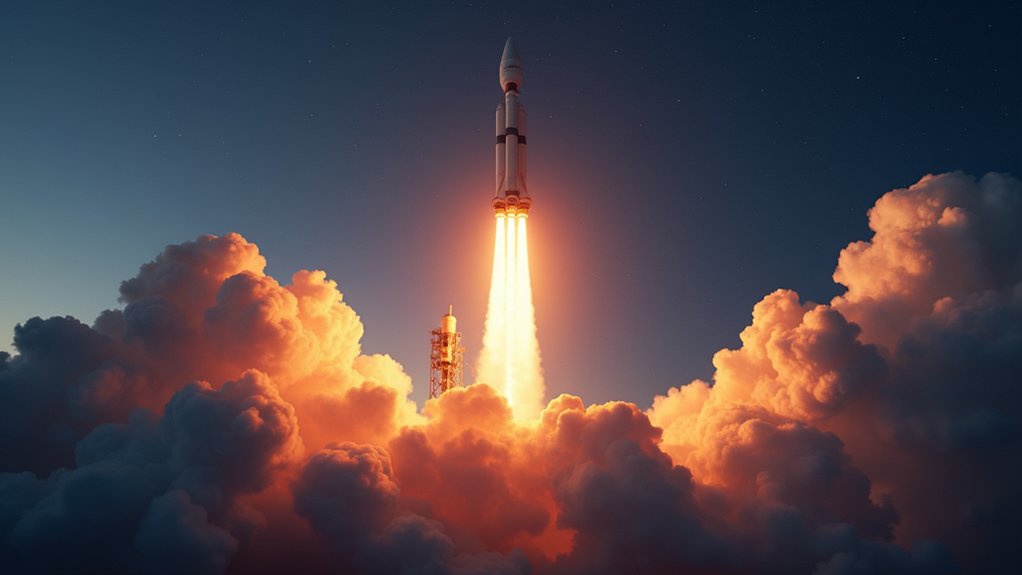Since the dawn of human spaceflight, women have shattered the ultimate glass ceiling—Earth’s atmosphere. It started with Valentina Tereshkova, a Soviet cosmonaut who blasted into orbit on June 16, 1963. Talk about breaking barriers. She wasn’t just the first woman in space—she orbited Earth 48 times over three days. Solo. At 26, she remains the youngest female astronaut ever.
Women in space: shattering the ultimate glass ceiling since Valentina Tereshkova’s groundbreaking 1963 orbital flight.
And while men dominated the field, she wasn’t the last. It took the Soviets nearly two decades to send another woman up. Svetlana Savitskaya reached orbit in 1982, later becoming the first woman to spacewalk in 1984. America finally joined the party when Sally Ride launched aboard Challenger in 1983. The physicist was 32, gay (though not publicly), and completely changed the face of NASA.
The 1990s saw a global expansion. Mae Jemison became the first African American woman in space in 1992, the same year Roberta Bondar represented Canada. Japan sent Chiaki Mukai in 1994. France’s Claudie Haigneré reached Mir in 1996. Women from India, South Korea, and beyond followed.
But flying wasn’t enough. Women demanded the controls. Eileen Collins became the first female Shuttle pilot in 1995, then commander in 1999. Impressive credentials required—1,000+ hours of jet experience. No exceptions.
The International Space Station saw female leadership too. This leadership marked significant progress from the 1950s when women were systematically excluded despite Dr. Lovelace’s testing showing female pilots often outperformed males. Peggy Whitson commanded it twice and ran NASA’s Astronaut Office. Helen Sharman broke ground as Britain’s first astronaut in 1991 after being selected from nearly 13,000 applicants. Italy’s Samantha Cristoforetti became the first European woman to command the ISS in 2022. Glass ceilings? Shattered.
Perhaps the most iconic moment came in 2019. Christina Koch and Jessica Meir performed the first all-female spacewalk. After decades of women being paired with men for EVAs, they proved women could handle the most demanding tasks in space—together.
Women faced exclusion, skepticism, and outright sexism. Yet they persisted. From piloting to commanding to spacewalking, female astronauts transformed space exploration from an exclusive boys’ club to humanity’s shared frontier.
